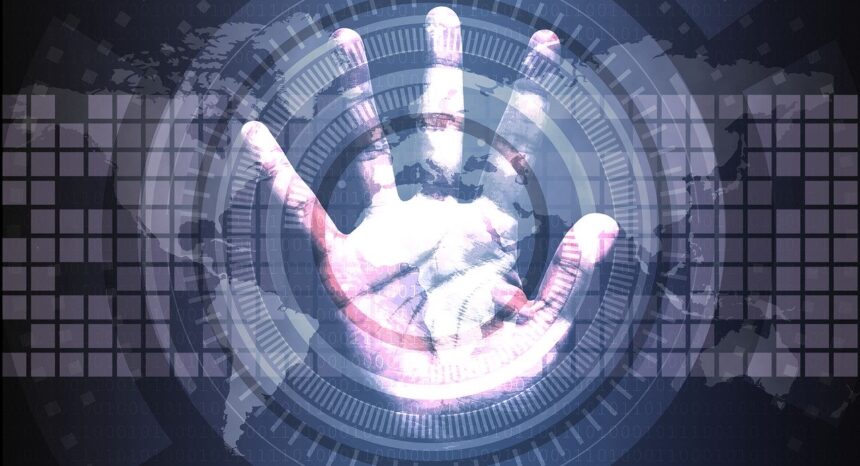Vulnerability within Cybersecurity
In the field of cybersecurity, where sophisticated software fortifications, firewalls, and encryption rule supreme, human error emerges as a less well-known but no less dangerous foe. The people using these systems continue to be the weakest link in cybersecurity despite the tremendous developments in technology. This article analyzes how human mistake affects cybersecurity and how cyber awareness and training can strengthen this weak point of entry.
Understanding Human Error’s Impact on Cybersecurity
- The Costly Fallout of Mistakes
Human error can have serious repercussions, including financial loss, reputational harm, and regulatory penalties. A single careless click on a malicious link or an email that was accidentally forwarded might set off a series of security lapses.
- Phishing and Social Engineering Attacks
Cybercriminals take advantage of people’s weaknesses by using strategies like phishing emails and social engineering to trick people into disclosing private information or providing unauthorized access. Without the right information, even the most watchful workers may become a victim of these scams.
The Role of Cyber Awareness and Training
- Creating a Security-Conscious Culture
The necessity of cybersecurity procedures is emphasized across all organizational levels by establishing a culture of cyber awareness. It motivates staff to be watchful, alert, and proactive in spotting potential hazards.
- Recognizing and Responding to Threats
People who have received cybersecurity training are better able to spot possible risks by spotting red flags including suspicious emails, odd system behavior, and unauthorized access attempts. Employees are given the freedom to take action, strengthening the organization’s defenses.
- Simulated Training Exercises
Employees are immersed in realistic circumstances when phishing drills and other training simulations are conducted. In addition to testing their capacity to spot risks, these drills offer insightful feedback on areas that require work.
- Understanding Data Privacy and Compliance
Employee understanding of the legal repercussions of improper handling of sensitive information is ensured by education on data privacy rules and compliance methods. They are better equipped to handle data properly and there is less chance of accidental data breaches thanks to this understanding.
Implementing Effective Cyber Awareness and Training Programs
- Tailored Learning Paths
Not every employee have the same degree of technical proficiency. Each person will receive training appropriate for their duties if training programs are tailored to their jobs and skill levels.
- Regular Updates and Refreshers
Cyber threats change quickly. Employees are kept up to date on the most recent cybercriminal techniques by regularly upgrading training materials and offering refresher sessions.
The human factor continues to be both the weakest link and a potential source of strength in the changing world of cybersecurity. Organizations can greatly improve their security mechanisms by realizing the impact of human error and making considerable investments in comprehensive cyber awareness and training activities. A strong defense against cyber attacks is produced by the symbiotic link between technology fortifications and human attentiveness. In order to protect priceless digital assets, firms must provide their personnel with knowledge as the cybersecurity landscape changes.


